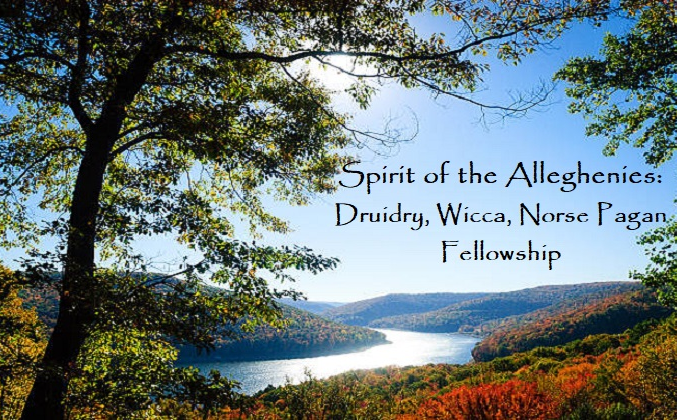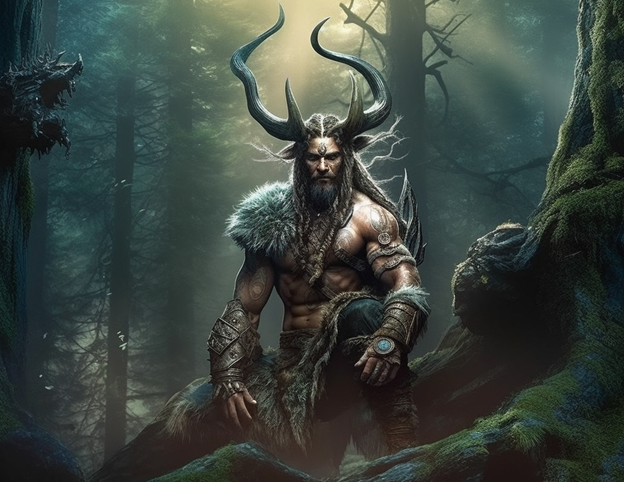
The tapestry of ancient Celtic mythology is adorned with a myriad of fascinating and enigmatic deities, each representing different facets of nature, life, and the cosmos. Among these, Cernunnos, whose Gaelic name translates to, ‘Horned One,’ stands as a symbol of fertility, nature, and the untamed wild.
Who is Cernunnos?
In his seminal essay on Cernunnos for the Order of Bards, Ovates, and Druids, author and druid J.M. Reinbold offers a summation of the many faces of the Horned God:
“Cernunnos, as The Horned God, Lord of the Animals is portrayed as human or half human with an antler crown. Though he wears a human face his energy and his concerns are non-human. He is protector of animals and it is Cernunnos who is the law-sayer of hunting and harvest. While He is recognized most often through his connection to animals and our own deeply buried, dimly recalled, instinctual animal natures, Cernunnos is also a tree, forest, and vegetation god in his foliate aspect of The Green Man, Guardian of the Green World. His branching antlers symbolize the spreading treetops of the forest as well as his animal nature. As Master of the Sacrificial Hunt, His is the life that is given in service of new life. His wisdom is that the old must pass away to make way for the new. In his Underworld aspect Cernunnos is The Dark Man, the god who dwells in the House Beneath the Hill, the Underworld. He is the one who comforts and sings the souls of the dead to their rest in the Summerlands of the Otherworld. Cernunnos, as Master of the Wild Hunt, who pursues the souls of evil doers, is not associated with a biblical or even modern morality, but with the protection and continuance of the Land and Nature and the spirits that dwell therein.
Pan, lusty Satyr god of the Greeks is another aspect of the Horned God…portrayed as playful and cunning, but He also has a darker, dangerous nature. The panic or terror often associated with Pan is not related to human violence, but to the Life and Death of the natural world. In this form he is called the “All Devourer.” However, Pan, as Protector of the Wilderness and as a god prone to fits of madness and violence, can induce panic or wild fear in those who threaten his domain. [He] appears again in Elizabethan England, and is mentioned by Shakespeare, as Herne the Hunter, the demon and guardian of Windsor Forest, the Royal Wood. In this aspect it is said that he appears as Guardian of the Realm during times of National emergency and crisis. In modern times he is often called the God of the Witches and embodies uncorrupted masculine energy. A masculine energy that is fully-developed and in balance with the natural world.”[i]
Interpretations and Worship
The fragmented nature of historical records leaves room for interpretation when it comes to understanding Cernunnos and his role in Celtic society. His worship likely included rituals and ceremonies conducted in sacred groves to attune to the energies of nature. These rituals almost certainly involved offerings, evidenced by the various artifacts discovered bearing his imagery, such as carvings, statues, and coins, as well as through songs and dances to honor him and seek his blessing. The most famous artifact depicting Cernunnos is the Gundestrup Cauldron, an ornate silver vessel recovered from a peat bog in Denmark dating from 150 BCE to 1 BCE.
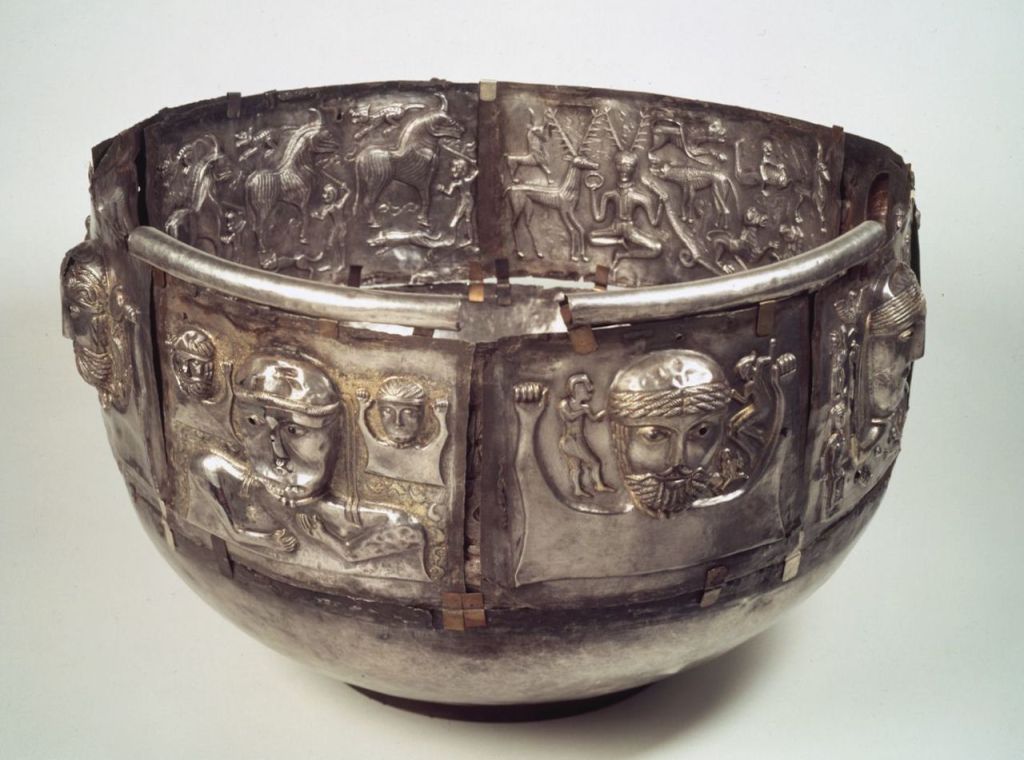
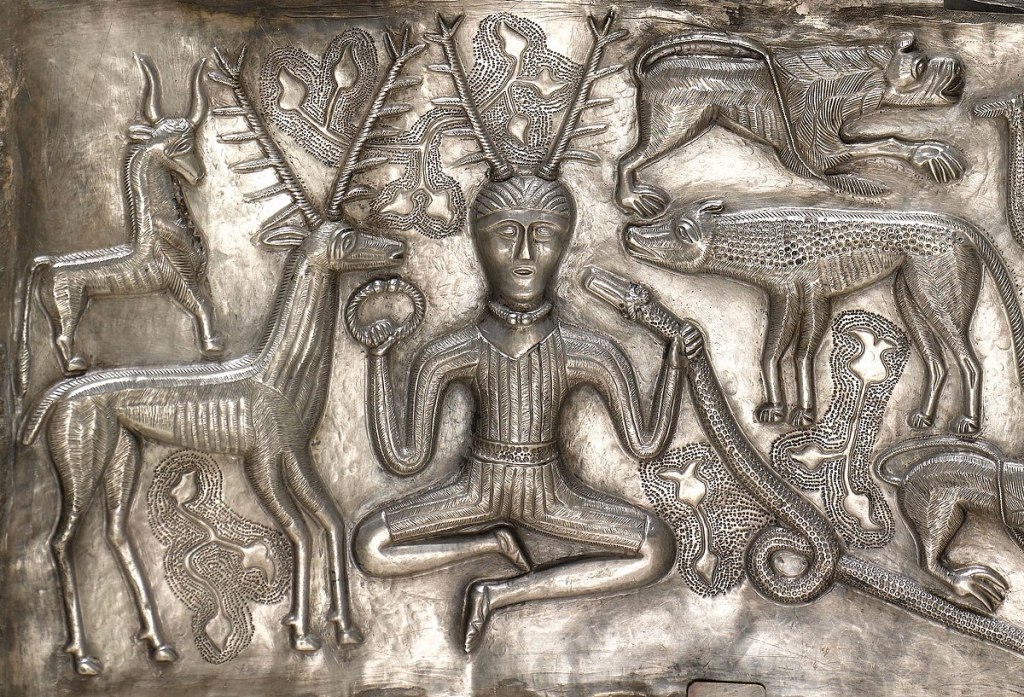
Although no explicit myths about Cernunnos have endured, some historians posit that his influence may have resonated in later cultural legends. A probable reservoir for preserving Cernunnos’s memory would be Ireland, where Celtic traditions persisted long after the Roman era. Notably, the legendary figure Cu Chulainn’s foster brother Conall Cernach, whose surname shares a possible root word with Cernunnos. In the midst of the Cattle Raid on Fraech, the stronghold that Conall sought to penetrate found itself protected by a formidable serpent. Surprisingly, rather than launching an attack, the serpent coiled itself around Conall’s waist, resembling a belt. Some historians propose that the Irish figure most influenced by the horned god might be a Christian saint: Saint Ciaran of Saighir. Saint Ciaran, Ireland’s first native-born saint and one of its Twelve Apostles, bears a name reminiscent of Cernunnos (Ciaranus in Latin) and is closely associated with the forest. According to his hagiography, Ciaran abandoned his noble status to live as a hermit deep in the woods, where his earliest disciples were the forest’s creatures, including stags, wolves, and boars, animals often linked with Cernunnos. If Saint Ciaran’s connection to Cernunnos holds true, it suggests that the horned god’s influence endured in certain Celtic regions during Ireland’s Christianization in the 6th century. Cernunnos would thus join the ranks of pagan deities whose legends transitioned into stories of Christian saints.[ii]
Symbolism and Attributes
The Horned God’s symbolism is rich and multi-faceted, reflecting his roles as a god of fertility, animals, and the hunt. The antlered crown he wears signifies his dominion over the animal kingdom, while his seated or cross-legged posture suggests his connection with meditation, contemplation, and the spiritual realm. The Torc, a distinctive form of Celtic jewelry worn on the neck or wrist, is often depicted in Cernunnos’ images, emphasizing his status as a deity of abundance and prosperity. Additionally, the serpent, a symbol of regeneration and transformation, frequently accompanies him, underscoring his connection to the cycles of life, death, and rebirth. Below is a list of sacred associations with the Horned God[iii]:
- Cernunnos’ Domain: the forest, animals, nature, fertility, travels, the hunt, abundance, healing, sexuality, virility, and primal instincts
- Physical Characteristics: a man with either deer antlers or ram horns, often sitting cross-legged in a meditation position. He wears a Celtic torc on his chest or holds it in his hand. He is sometimes portrayed with 3 faces or 3 heads, demonstrating his connection with the life/death/rebirth cycle (similar to the Triple Goddess)
- Sacred Animals: stag, ram, (horned) snake, bull, dog, and rat
- Elements: Earth
- Symbols: Cauldron, torc
- Feast Days: Beltane
- Sacred plant: Oak, Ivy, Mistletoe, Juniper, Grains
- Sacred place: forests and fields (all wild, un-spoiled places)
- Offerings: wine, water, milk; antler sheds, leaves, soil, his sacred plants; acts of sexuality, primal drumming music, entering an otherworldly state
- Spiritual Allies or Aliases: The Green Man, Pan, Puck, Herne the Hunter
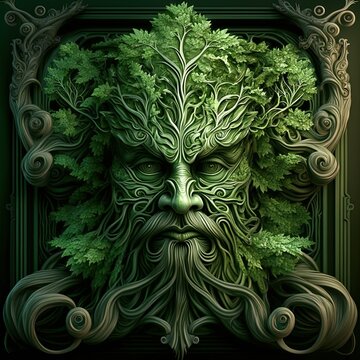
Working with the Horned God
While the depths of Cernunnos’ historical worship and significance may be shrouded in mystery, Cernunnos’ enduring presence serves as a reminder of humanity’s eternal connection to the Earth and its cycles. Wiccan and Druidic traditions have rekindled an interest in this enigmatic deity, as seekers draw inspiration from the Horned God’s connection to nature, fertility, and the mysteries of life. Many neo-pagan practitioners honor Cernunnos in their rituals and celebrations, paying homage to his role as a guardian of the wild and a guide through the cycles of existence. The website, Otherworldly Oracle, offers a list of activities that provide a good foundation for working with Cernunnos[iv]:
- Create an Altar – Dedicate sacred space to the Horned God: an altar with colors of the earth and forest (green, brown), a representation of him (statue or photo), candles, antlers, acorns, tree branches, a cauldron, a torc, offering bowls / bottles, green and brown stones, animal figurines or images like the deer, snake, dog, etc. Welcome him to your sacred space and into your life! Greet him as The Horned God, Lord of the Wild Things, God of the Hunt, and The Horned One.
- Give Offerings – Provide offerings for Cernunnos on a regular basis, both for magical aid, and to show one’s gratitude. Offerings for Cernunnos may include water, wine, mead, ale, and non-edibles like tree branches, acorns, seed pods, flowers, etc. The Horned God enjoys bread, particularly homemade, as well as homemade meals.
- Go into the Wild – One of the easiest ways to connect with Cernunnos is by going into the wild places. By taking a trip and staying in the woods or wilderness, you’ll feel his presence. Go for a hike, stay in a cabin, or go camping. If anything, take a brief walk through the woods. Look, listen, and feel. Cernunnos speaks through the trees and animals.
- Wear a Torc – A torc is a Celtic piece of jewelry worn around the neck or wrist that’s made of thick metal. Cernunnos appears to wear or hold a torc in nearly every depiction of him. Acquire your own torc and dedicate it to Cernunnos. Leave it on his altar and ask him to charge it with his energy. Then wear the torc during ritual, while out in public for protection, and to increase your primal instincts.
- Use a Cauldron – Cernunnos is associated with the magical cauldron. Place a cauldron on his altar and learn how to use it in your rituals and spells. Or use it as a vessel for offerings to the horned god. Cauldrons are useful in brewing potions, making food, and in burning rituals. Some people use cauldrons to burn loose incense on top of charcoal disks.
- Wildlife Preservation – The horned god is a protector of wildlife. Joining a wildlife preservation committee or supporting a local animal rescue would be a great way to honor him. If you live in the city, donate money or goods to a local animal shelter. Or join a non-profit organization that supports conservation, etc. Drumming and Trancework – Practice shamanic drumming and trancework to reconnect to your primal self. Cernunnos dwells in that esoteric state. Beat the drum, have a bonfire, and dance in the wilderness!
Antlered Crown and Standing Stone
The song, “Antlered Crown and Standing Stone” is written and performed by Damh the Bard, current Pendragon of the Order of Bards, Ovates, and Druids. The video was fan-created by Theater Raven for their Youtube channel. Find more of Damh the Bard’s music at his website: https://www.paganmusic.co.uk/
[i] https://druidry.org/resources/cernnunos
[ii] https://mythologysource.com/cernunnos-celtic-god/
[iii] https://otherworldlyoracle.com/cernunnos-celtic-god/
[iv] Ibid.
